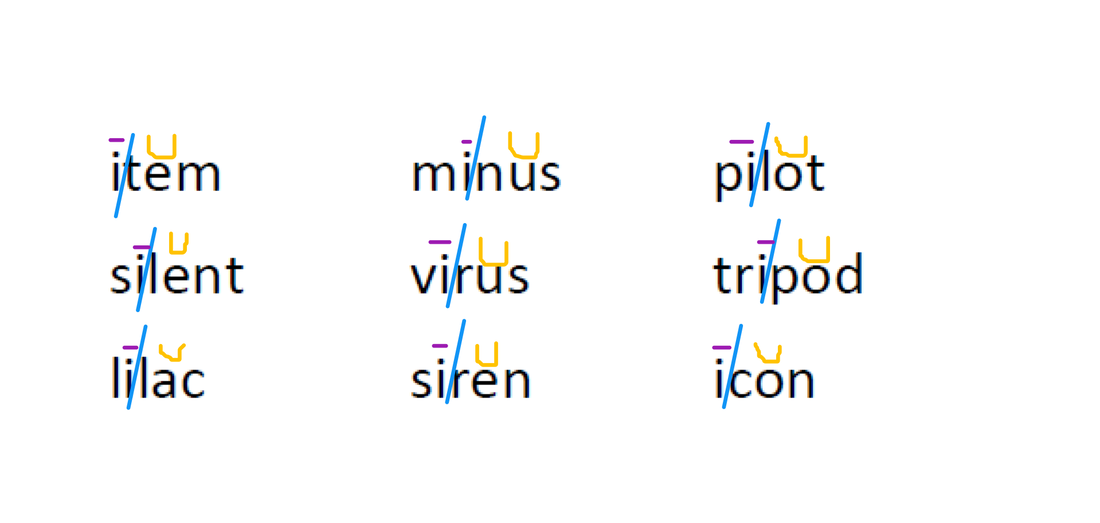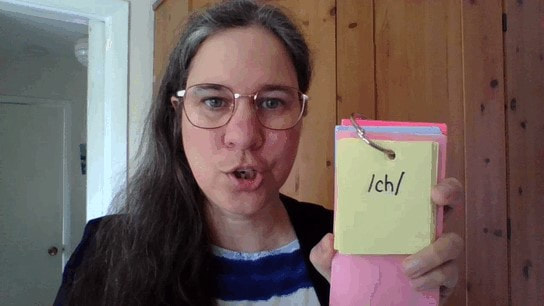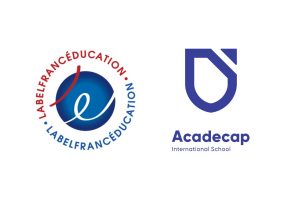We Have Something to Smile About!
The Simultaneous Multi-sensory Intensive Literacy Education Program (SMILE), formerly called the Systematic Literacy Teaching Program, is a program designed especially for struggling readers. Teachers work one on one with students using the Orton-Gillingham Approach. The Academy of Orton-Gillingham Practitioners and Educators describes the Orton-Gillingham approach as a “powerful tool to help struggling readers, because it provides a direct, explicit, multi-sensory, structured, diagnostic, and prescriptive way to teach literacy when reading, writing, and spelling does not come easily to individuals.”
One of the biggest teaching challenges this year was our shift to the online teaching format during the COVID-19 school closure period. It was a trial by fire, but as teachers of the literacy program, we had some great online tools to help create an interactive live tele-learning program. Together these tools, described below, with a bit of ingenuity and some great team spirit, have propelled us not only to the finish line but have fortified our program and expanded our capacity to support student learning.
First of all, our school uses Google Suite. This enabled us to use the Google Meet application which allows the student and the teacher to interact via video, audio, and text (chat). The teacher or the student can share their screen or documents with each other. Ability of the student to see the teacher’s mouth and hear the teacher’s words simultaneously is crucial to the multi-sensory learning process. In Google Meet, I can have the student ‘pin’ the video image from my web camera to the centre of their screens and together we can complete the visual and auditory drills. As another example, Google Meet video and audio capability are also important during simultaneous oral spelling (SOS). SOS is an Orton-Gillingham technique that teaches spelling using a multi-sensory approach. SOS requires hearing and seeing the word being pronounced, sounding out the word using the fingers, naming the letters using the fingers, and writing the word while speaking it.
One of my favourite tele-learning tool discoveries is the virtual white board. With a virtual white board, I am able to create collaborative experiences where students can continue to read and decode words adding coding signs and dividing syllables just as if they would at the physical school. The white board does not require specialized equipment and works well for interactive reading and spelling games. We move our pieces around the board, access card decks in another tab, and use a virtual spinner to determine how many spaces to move forward. There are many free board game templates available that can be customized for the reading and spelling words that each student needs to review.
Our complement of learning tools would not be complete without a method of randomizing the numerous word and sound flash cards used during practice sessions. For this, I am using Google Slides with the Slides Randomizer Add -on.
Finally, I have created animations and interactive games using MS PowerPoint. In June, we had fun playing Literacy Jeopardy at the year-end party when all the Literacy program students joined together to celebrate the end of the school year.
The greatest thing about all these online tools is that they support the diagnostic and prescriptive teaching recommended by the Orton-Gillingham approach. Visual and auditory drills, word lists, decodable texts, games, and flash cards can all be customized to provide each student with a fun, individualized learning experience that targets each student’s particular weaknesses and capitalizes on each student’s strengths.
Christine Chapman
Orton-Gillingham Associate in Training
Sources:
https://www.ortonacademy.org/resources/what-is-the-orton-gillingham-approach/
https://www.education.com/download/worksheet/157658/word-board-game.pdf




Source:: Mme Christine’s SLT Blog


No Comments on "Literacy Program – 2019-2020 Year End Reflection"